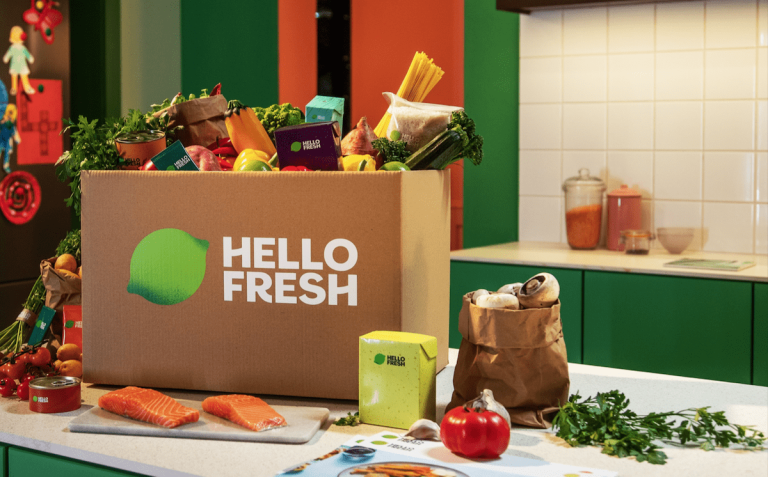
Meal kit providers are finding that many consumers prefer speedy convenience to cooking from scratch.
Berlin-based multinational meal kit company HelloFresh said on a call with analysts Tuesday (March 7) discussing its fourth-quarter 2022 financial results that it is seeing non-meal-kit categories lead growth, with consumers increasingly seeking options that fit into their busy workdays.
“From an order perspective, we expect Ready-To-Eat to be the biggest source of order growth in 2023,” HelloFresh CFO Christian Gartner said, adding that the company will be opening new facilities and expanding capacity.
HelloFresh acquired ready-to-eat company Factor back in 2020 and expanded the business to Canada earlier this year.
“Ready-to-eat allows us to offer new meal occasions and unlock new customer segments, such as more male customers, single households and convenience seekers,” HelloFresh Co-founder and CEO Dominik Richter said in a statement at the time.
Indeed, quick meal solutions can be key, with consumers returning to on-site work and thus finding it harder to carve out the time to cook from scratch. In fact, the vast majority of consumers work on-site at least some of the time. The Survey of Working Arrangements and Attitudes (SWAA) conducted by Stanford University and University of Chicago economists, which finds that 13% of full-time workers are fully remote compared to 59% who are full-time on site, while 28% are in a hybrid arrangement.
These kinds of time-saving offerings are especially key, with those same workers less willing than times of lower inflation to spring for restaurant meals. Research from PYMNTS’ study “Consumer Inflation Sentiment: Inflation Slowly Ebbs, but Consumer Outlook Remains Gloomy,” which drew from a survey of more than 2,100 consumers, found that 78% have been eating at home more often to save money amid inflation.
Consequently, many consumers have been replacing that restaurant spending with other ready-to-go meal alternatives. Data from “Digital Economy Payments: Consumers Buy Into Food Bargains,” for which PYMNTS surveyed nearly 2,700 U.S. consumers, found that 37% of grocery shoppers bought prepared food on their most recent trip, up 7 points from the 30% of consumers who had done so back in November 2021.
Indeed, many companies offering alternatives to restaurant meals are seizing on the opportunity. For instance, direct-to-consumer (D2C) frozen food delivery provider Yelloh, formerly known as Schwan’s Home Delivery, is set for an expansion after 70-plus years in operation. The company announced last week a partnership with investment firm 4×4 Capital with intentions grow the business.
Plus, Kroger is expanding its meal kit and heat-and-eat meal subsidiary, Home Chef. The company announced Friday (March 3) the opening of its largest yet production and distribution center, with the new facility set to account for 30% of all the company’s business.
Notably, meal kit adoption overall is on the rise. PYMNTS’ study “12 Months Of The ConnectedEconomy™: 33,000 Consumers On Digital’s Role In Their Everyday Lives,” which draws from responses from tens of thousands of U.S. consumers over the course of a year, notes that meal kit subscriptions were on the rise throughout 2022. Specifically, the share of consumers who reported purchasing from online subscription services that deliver meal kits rose from 25% in December 2021 to 31% in November 2022.